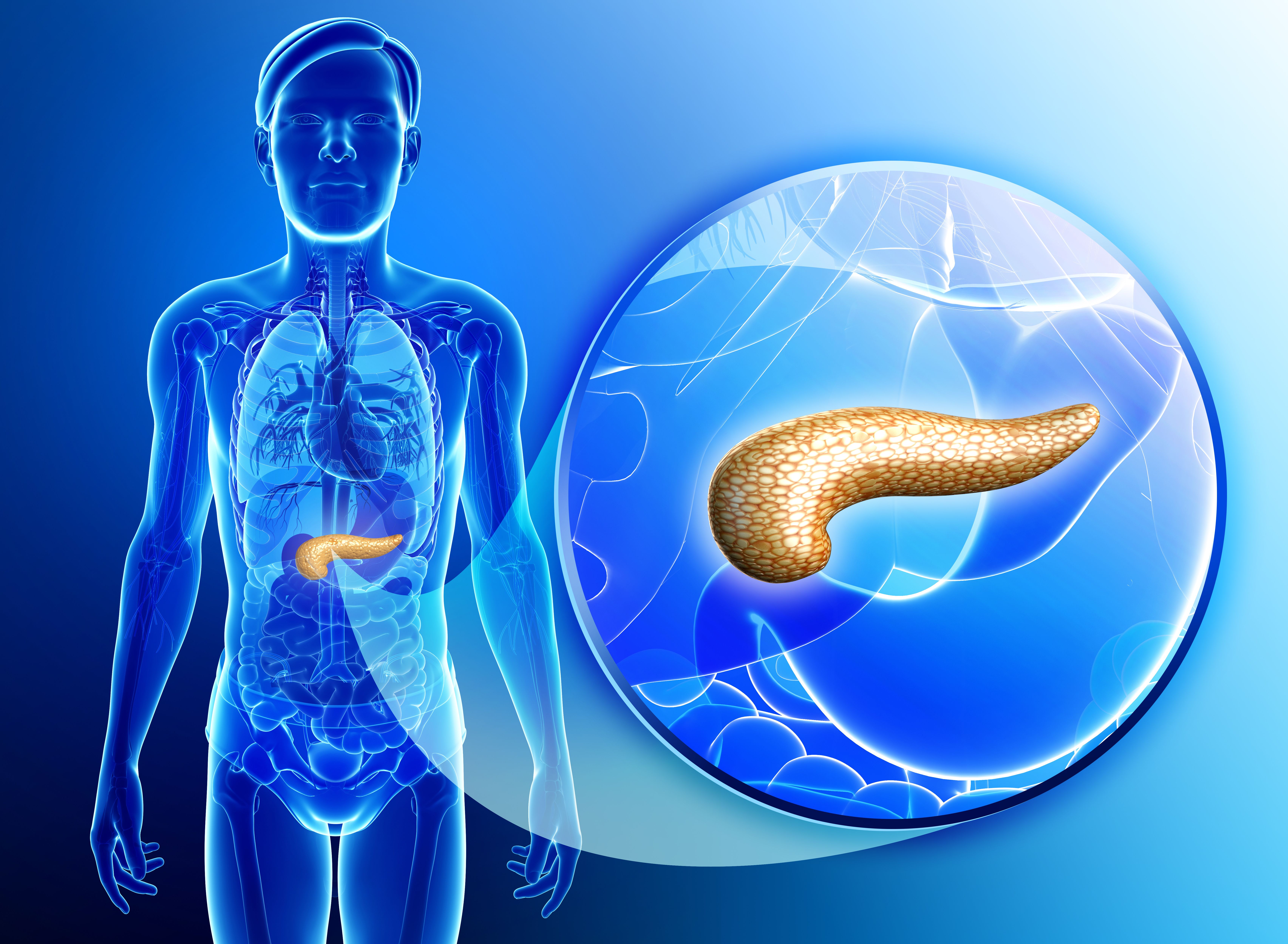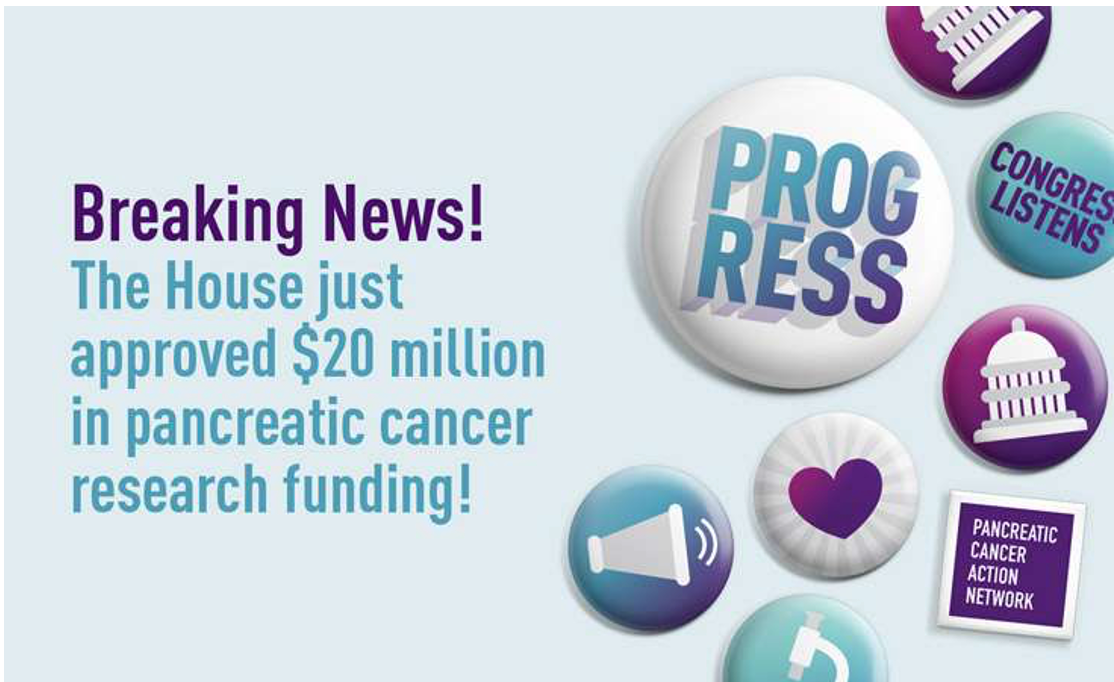Article
Limited Symptoms, Screening Impacts Pancreatic Cancer Diagnosis, Treatment
Author(s):
One expert discussed the importance of understanding the different stages of pancreatic cancer and why the disease may be often diagnosed in later stages.
The National Cancer Institute estimates that there will be 64,050 new cases of pancreatic cancer in 2023, and it estimates approximately 50,550 patients will die from the disease this year.

Patients with suspected pancreatic cancer may not experience many symptoms related to the disease, which may lead to its diagnosis typically in later stages, an expert said.
The National Cancer Institute estimates that there will be 64,050 new cases of pancreatic cancer in 2023, equating to 3.3% of all new cases of cancer. In addition, it estimates approximately 50,550 patients will die from the disease this year.
CURE® spoke with Dr. Nicholas N. Nissen, director of hepato-pancreato-biliary surgery and co-director of a multidisciplinary pancreatic cancer clinic at Cedars-Sinai Medical Center in Los Angeles, and scientific and medical advisory board member for Pancreatic Cancer Action Network, to learn more about pancreatic cancer and what patients should be aware of.
Are there certain populations that are typically more at risk for pancreatic cancer than others?
Yes. But there are rare genetic conditions that are at higher risk of people who are BRCA positive. There are a few ethnicities but in general, it strikes everybody with pretty much the same risk pattern.
We now are finding some other risk factors such as diabetes, and we know smoking can raise your risk slightly. Obesity may have an increased risk, although that's a little speculative still. But in general, it's actually not something that you can necessarily track to a certain population except for BRCA positive and again, a few other genetic mutations, which you wouldn't necessarily anticipate based on ethnicity, but rather you would find through genetic screening.
Can you explain the different stages of pancreatic cancer and what they entail?
Sure, so like all cancers, it's generally broken into stage 1 through 4. There's different ways to think of it. Basically, stage 1 would mean that it's a relatively small cancer that is contained in the pancreas and really has no evidence of spread to any other structure or even spreading at all outside the pancreas.
Stage 2 would be generally a slightly bigger tumor that is either starting to move outside the pancreas or may have involved lymph nodes around that area.
Stage 3 typically means it's more advanced, it's bigger, it's extending to other organs, extending to blood vessels, but still contained to the region around the pancreas itself.
Stage 4 means that it's moved outside the pancreas and is in other organs, or other lymph nodes and other parts of the body. So stage 4 would be considered — the word you might use is metastatic.
In our world, because the surgery, because pancreas cancer is the pancreas, so central in the abdomen, the other staging system people will use relates to its resectability. So people will sometimes also say that you could break them down into resectable, borderline resectable, locally advanced and metastatic. It's a slightly different way to think of it, but it's the same concept. Resectable would be small and not really involving any other structures. Borderline resectable would be kind of like a stage 2, which would be it's starting to involve other things. It's still probably resectable but it's a little more advanced. Stage 3 would be, it it's really involved in complex surroundings. In stage 4 is that it's spread.
Are patients typically diagnosed at a certain stage compared with others and considering its location is more difficult to diagnose?
So, most diagnoses are still made at stage 4, which is one of the biggest problems we face. We are rarely finding pancreas cancer at stage 1. And to be honest, we don't find it at stage 2 very often. So, it's usually found in stage 4. A lot of work on screening and on identifying populations is aimed at, of course, catching it earlier, because the prognosis across stages is still pretty poor, even earlier stages still don't have a very good prognosis. So, we all feel that if we could find it earlier, we would have a better chance of ultimately succeeding and curing it. But the truth is, we don't find it early very often.
Is that because of current screening methods or the fact that not many symptoms are related to it?
All of the above. So we've never really found a good screening method for pancreas cancer, unlike colon cancer, where you can put a camera into the colon and inspect the actual lining of the colon. For prostate, you can measure a test called PSA. And it's pretty easy to image the prostate, pancreas is much harder to take pictures of, it's much harder to find an early tumor. And it is partly because there are not any symptoms associated with early stages of pancreas cancer, with the rare exception that sometimes an early stage cancer in the head of the pancreas will cause jaundice as an early sign. And it's an interesting observation that people sometimes forget is that other than screening, the best chance of finding pancreas cancer early is if it makes you jaundiced. Because a small tumor can cause jaundice by being right next to the structure called the bile duct. A small tumor can cause jaundice, and jaundice is an outward sign; you, your friends or your family may say, “Hey, your eyes are yellow, and you're jaundiced.” And that'll bring you to the attention of your doctor. That might be an early tumor, because even a small tumor can cause jaundice. But if a tumor occurs anywhere else in the pancreas, in what's called the neck, the body, the tail of the pancreas, it often won't cause symptoms until it's much more advanced.
What are the symptoms of pancreatic cancer?
So, in the head of the pancreas, because again, the head of the pancreas is the area where the structure called the bile duct and the duodenum and the pancreatic duct, these structures all come together at sort of Grand Central Station, they all come together in the head of the pancreas. So, a tumor in the head of the pancreas will often cause jaundice, it sometimes will cause nausea and GI symptoms, but mostly jaundice is the one we look for. In other parts of the pancreas, you may see weight loss, abdominal pain, early onset diabetes, so diabetes that occurs suddenly and unexpectedly, in other words, a pretty fit person who suddenly develops significant diabetes should really have cancer screening, they should really have pancreatic imaging to be sure they haven't developed cancer. So again, weight loss, pain, early onset or unexpected onset of diabetes, and again, in the head of the pancreas, jaundice.
For more news on cancer updates, research and education, don’t forget to subscribe to CURE®’s newsletters here.




